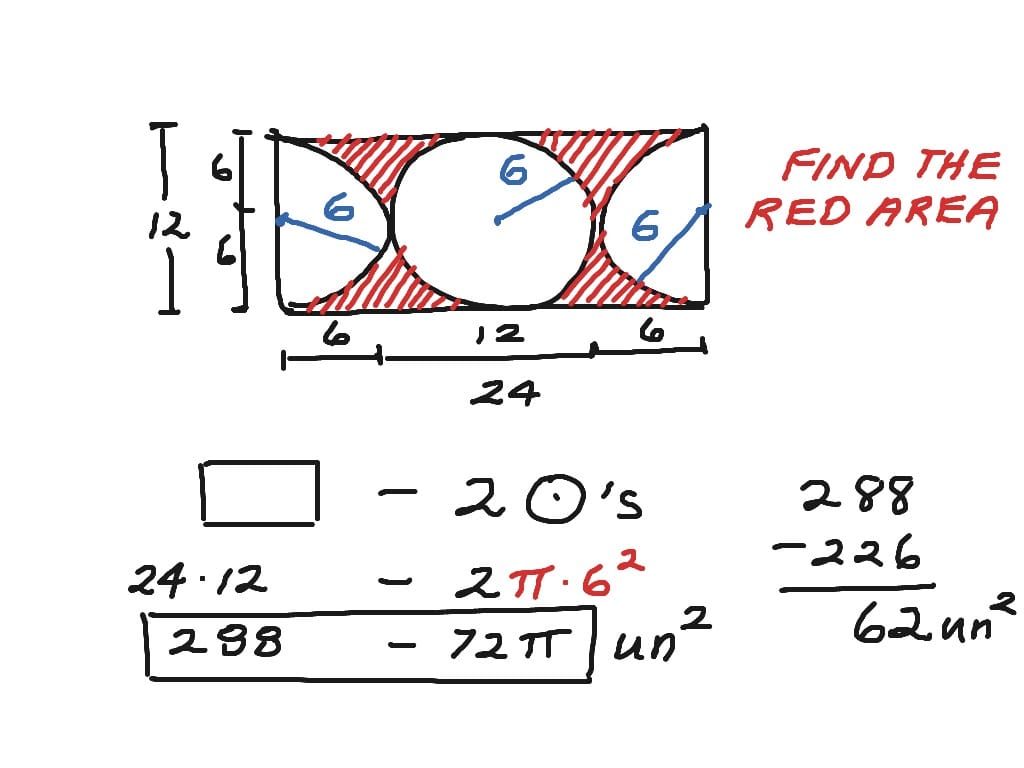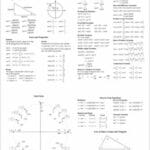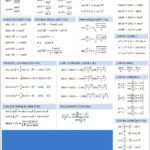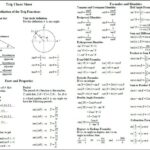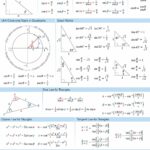Decoding KHDBDCM for Effortless Metric Conversions
Have you ever felt lost trying to convert between metric units? KHDBDCM, a simple mnemonic, is your key to navigating the metric system with confidence. This guide will break down KHDBDCM, providing practical examples and exploring its real-world applications. We’ll also delve into the ongoing evolution of measurement and highlight the importance of continued learning in this dynamic field.
KHDBDCM: Your Metric Conversion Cheat Sheet
KHDBDCM isn’t a complex formula; it’s a memory aid representing the prefixes used in the metric system. These prefixes, such as kilo, centi, and milli, indicate the scale of a unit relative to the base unit (meters, liters, or grams). KHDBDCM stands for Kilo, Hecto, Deka, Base Unit (meter, liter, gram), Deci, Centi, Milli.
Visualize KHDBDCM as a ladder with the base unit in the middle. Each step up (towards Kilo) multiplies the base unit by 10, while each step down (towards Milli) divides it by 10.
Converting with the KHDBDCM Ladder
Let’s convert 5 kilometers to meters using the KHDBDCM ladder:
- Start: Locate “kilo” on the ladder.
- Count: Count the steps down to the base unit (meters) – three steps.
- Multiply: Since we’re going down, we multiply by 10 for each step (10 x 10 x 10 = 1000).
- Calculate: 5 kilometers x 1000 = 5000 meters.
Therefore, 5 kilometers equals 5000 meters.
KHDBDCM: Meaning and Application
KHDBDCM, commonly interpreted as “King Henry Died By Drinking Chocolate Milk,” isn’t just a quirky phrase; it’s a powerful tool. It simplifies metric conversions, eliminating the need to memorize numerous conversion factors, and fosters a deeper understanding of the relationships between units. This understanding is crucial in various fields, from science and medicine to engineering and everyday scenarios like converting recipe measurements or interpreting data from fitness trackers. Discover new ways to apply these concepts with our engaging literal equations worksheet today!
While KHDBDCM offers a solid foundation, the science of measurement (metrology) is constantly evolving. Ongoing research continually refines measurement standards and explores new quantification methods. This dynamic nature encourages continuous learning and exploration within the field.
KHDBDCM: A Deeper Dive into the Mnemonic
KHDBDCM provides a structured way to understand metric prefixes, arranging them from largest (Kilo) to smallest (Milli).
- Kilo (k): 1000
- Hecto (h): 100
- Deka (da): 10
- Base Unit (meter, liter, gram): 1
- Deci (d): 0.1
- Centi (c): 0.01
- Milli (m): 0.001
This structured approach simplifies conversions. Moving right (from Kilo to Milli) involves multiplying by 10 for each step, while moving left involves dividing by 10.
Current research suggests that combining KHDBDCM with practical exercises and real-world examples can enhance understanding and retention. Hands-on activities and visual aids could further solidify the connection between prefixes and their values. Learn more about related scientific concepts with our ionic bonding worksheet. It’s important to note that some prefixes are more frequently used than others (e.g., kilo, centi, milli). However, comprehending the entire KHDBDCM sequence provides a more comprehensive understanding of metric unit relationships.
KHDBDCM: Understanding the Base Units
The “B” in KHDBDCM represents the base unit, the foundation upon which the metric system is built. These base units are the fundamental units of measurement for different quantities:
- Meter (m): Length
- Liter (L): Volume
- Gram (g): Mass
KHDBDCM provides a framework for converting between different scales of these base units. For instance, to convert kilometers to centimeters, you’re essentially moving down the KHDBDCM ladder from Kilo to the base unit (meter) and then further down to Centi. Each step involves a multiplication or division by 10.
Beyond KHDBDCM: The Expanding World of Measurement
While KHDBDCM is a valuable tool, it’s essential to recognize the broader context of measurement. The International System of Units (SI) encompasses a wider range of prefixes beyond those covered by KHDBDCM, such as Mega (1,000,000), Giga (1,000,000,000), Micro (0.000001), and Nano (0.000000001). This system is constantly evolving, with ongoing research exploring new ways to quantify our world. Understanding KHDBDCM provides a strong foundation, but staying curious and exploring these advancements is key to staying at the forefront of measurement science.
Key Takeaways from KHDBDCM
- Mnemonic Device: KHDBDCM aids in remembering metric prefixes.
- Conversion Tool: Simplifies conversions between metric units.
- Conceptual Understanding: Promotes understanding of the relationships between units.
- Practical Applications: Useful in science, medicine, engineering, and daily life.
- Foundation for Learning: Serves as a starting point for further exploration of the metric system and the broader field of metrology.
By mastering KHDBDCM, you gain a powerful tool for navigating the metric system, empowering you to confidently handle measurements in various contexts. This understanding opens doors to further exploration and appreciation of the ever-evolving world of measurement.
- 1 Liter to Fluid Ounces: Easy Conversion Guide - April 9, 2025
- Unlock what is the seventh month: A Cross-Cultural Calendar Guide - April 9, 2025
- Discover White Fruits: Ultimate Guide to Taste & Nutrition - April 8, 2025
